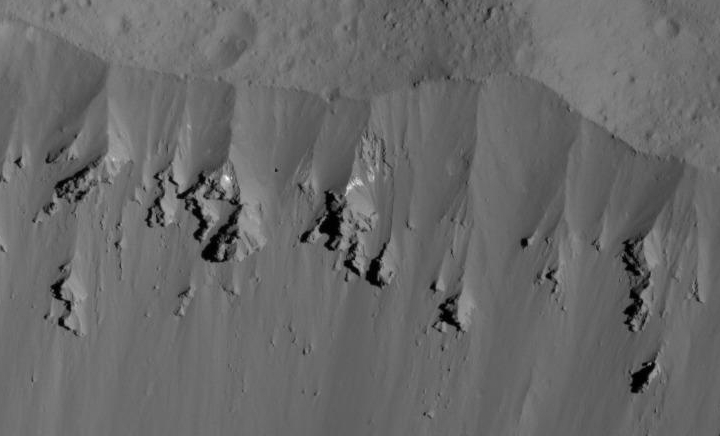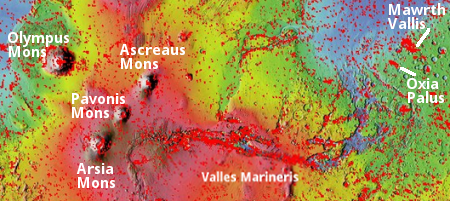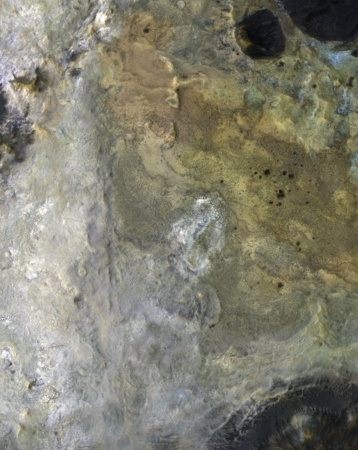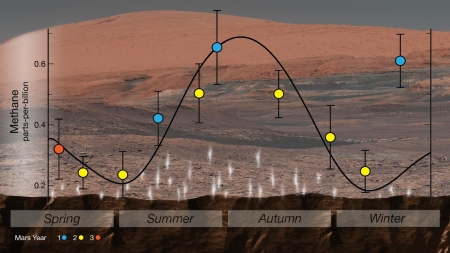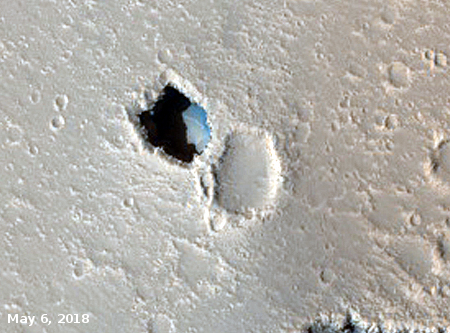Chang’e-4 launch set for December
China has now scheduled the launch of its Chang’e-4 lunar rover/lander, aimed for the first landing on the Moon’s far side, for sometime this coming December.
They will use China’s Long March 3B rocket, not the bigger Long March 5. As is usual for China, many details about the mission remain secret. The exact landing area has not been announced, other than somewhere in the very large South Pole/Aitken Basin area. The exact date has not been announced, other than sometime in December.
Their planned sample return mission, Chang’e-5, is now set for launch in 2019, “should the Long March 5 rocket be proven ready for flight later this year.”
China has now scheduled the launch of its Chang’e-4 lunar rover/lander, aimed for the first landing on the Moon’s far side, for sometime this coming December.
They will use China’s Long March 3B rocket, not the bigger Long March 5. As is usual for China, many details about the mission remain secret. The exact landing area has not been announced, other than somewhere in the very large South Pole/Aitken Basin area. The exact date has not been announced, other than sometime in December.
Their planned sample return mission, Chang’e-5, is now set for launch in 2019, “should the Long March 5 rocket be proven ready for flight later this year.”

